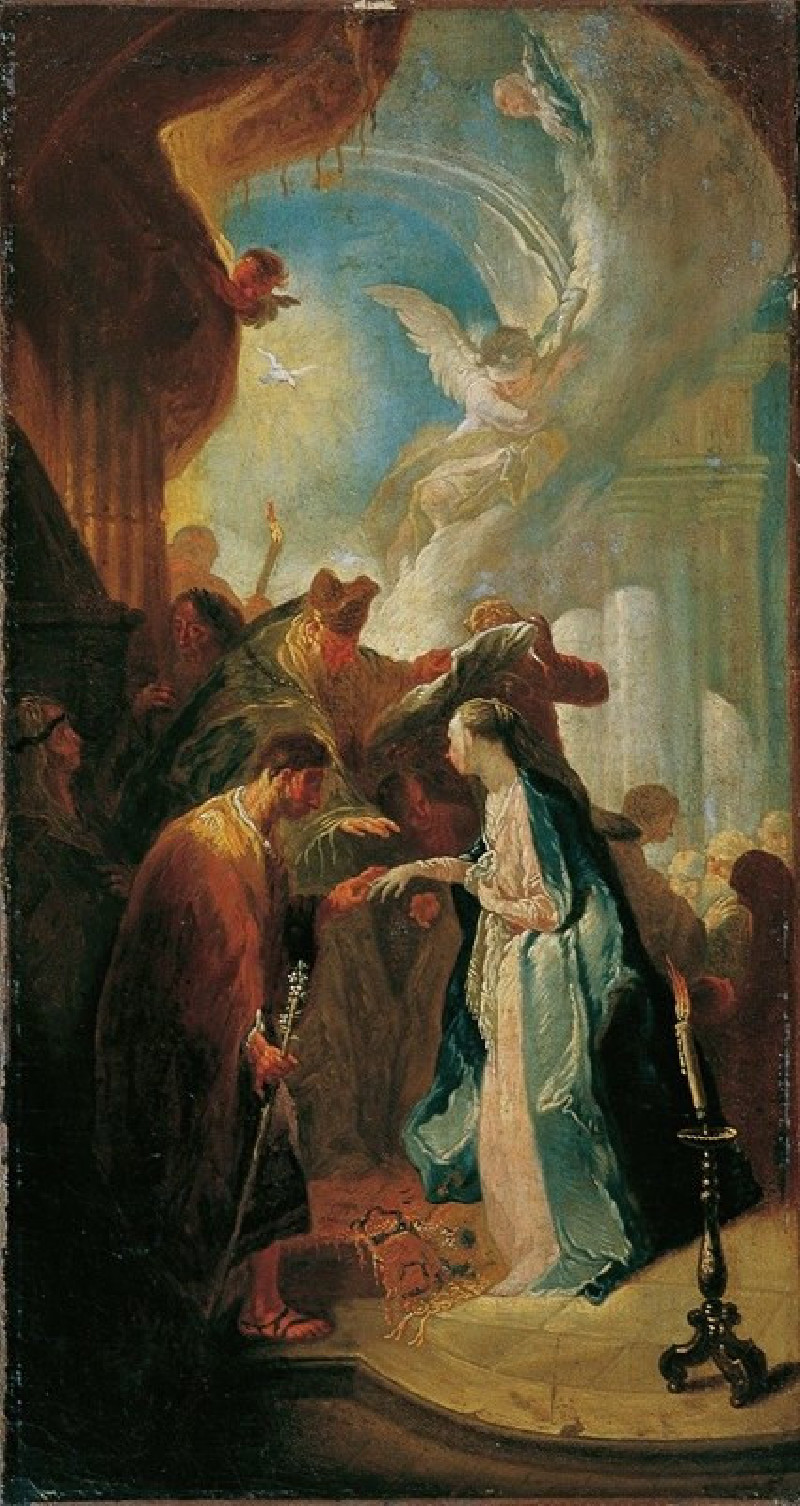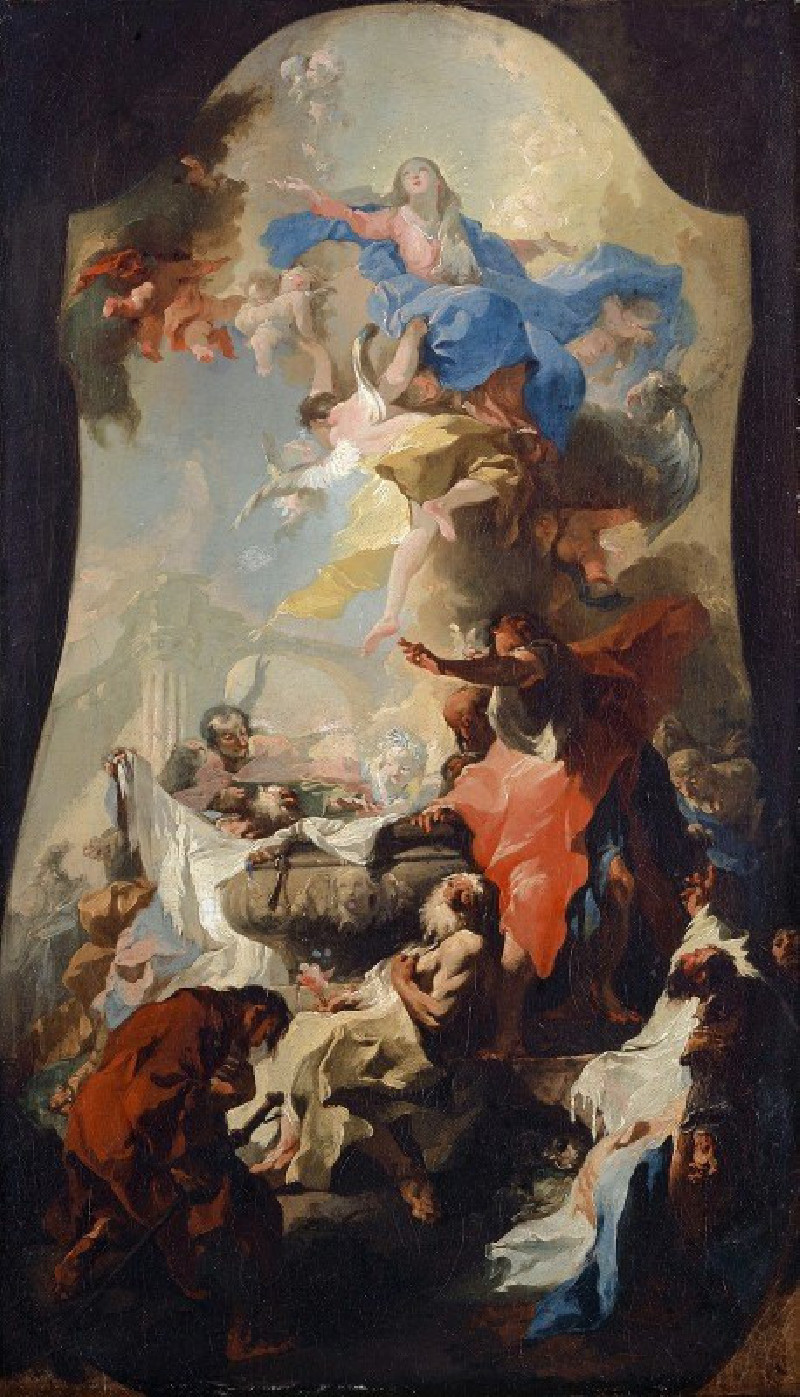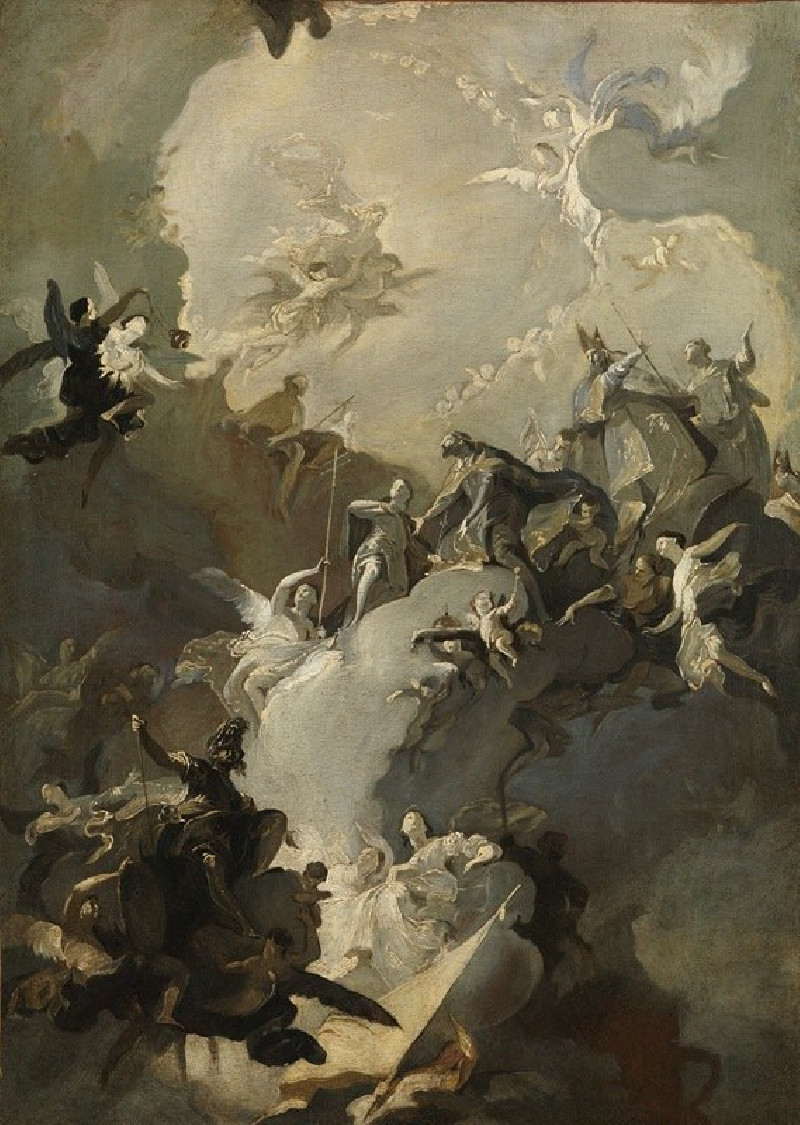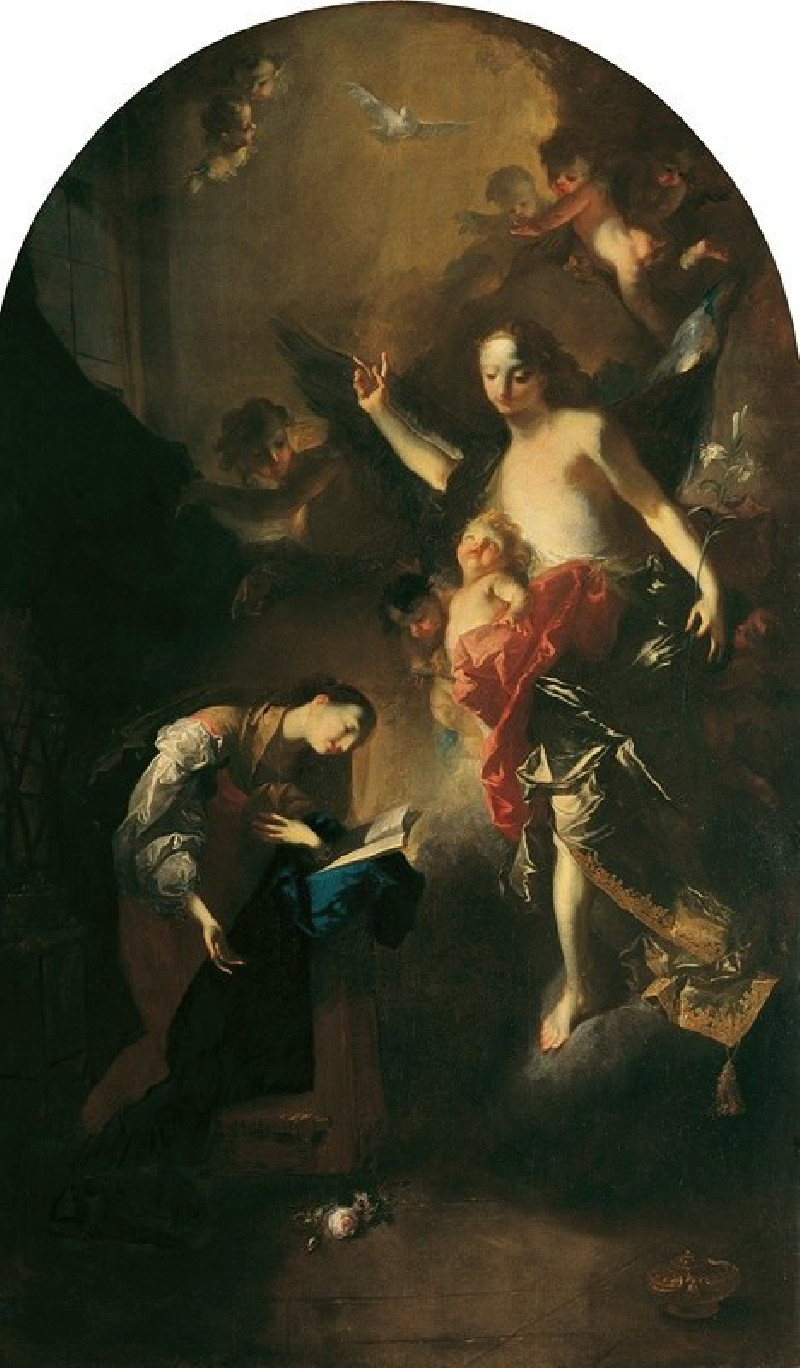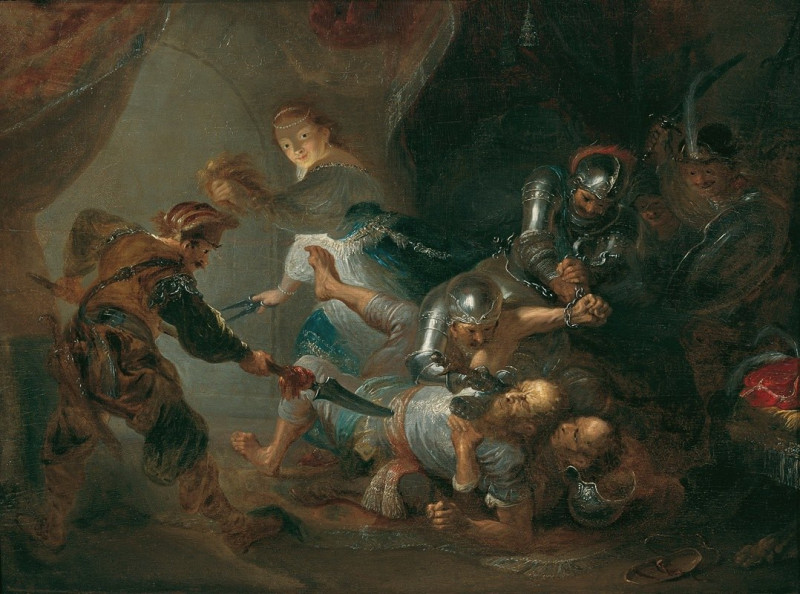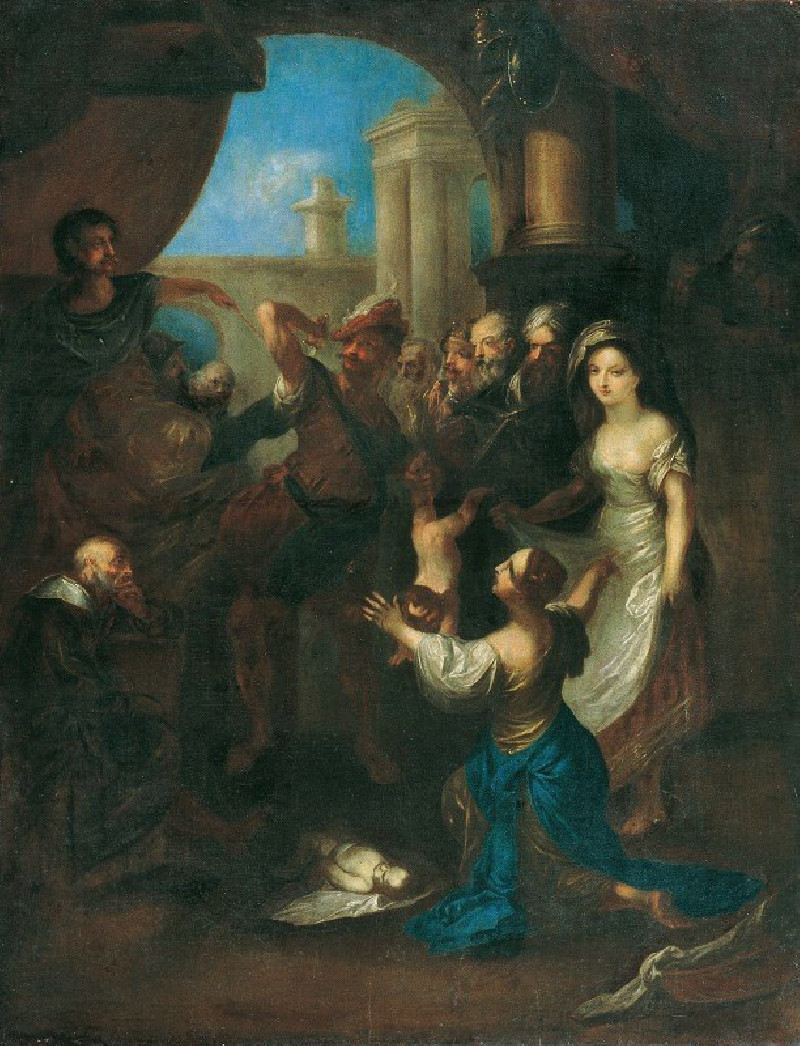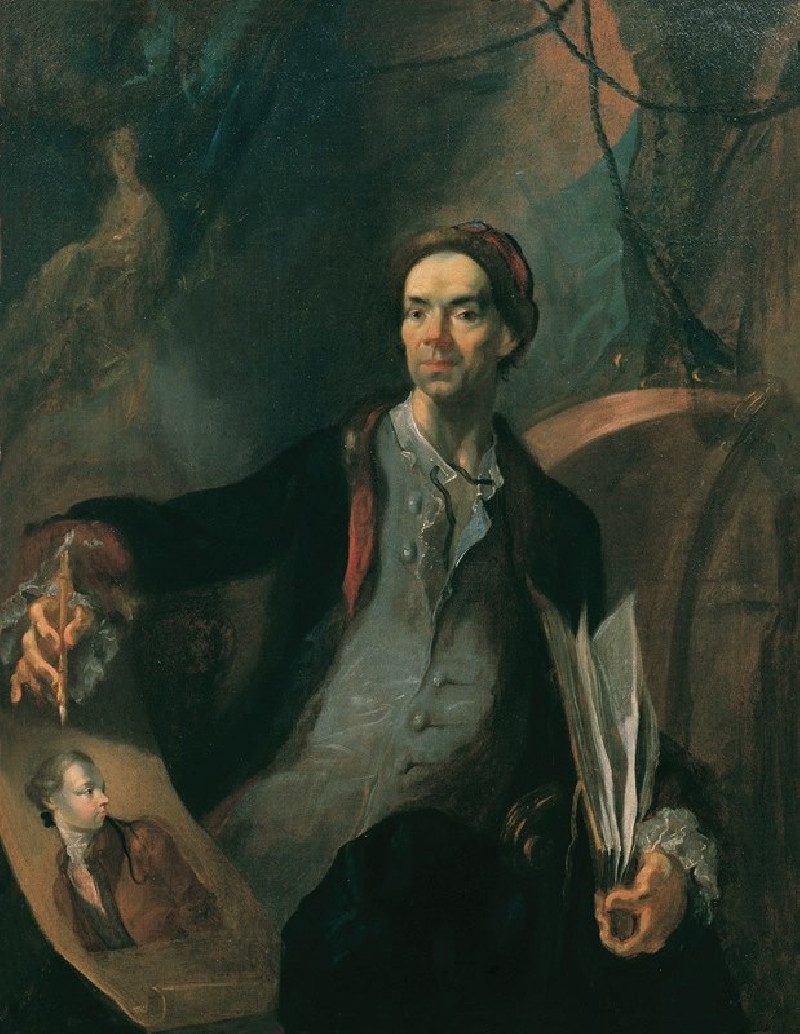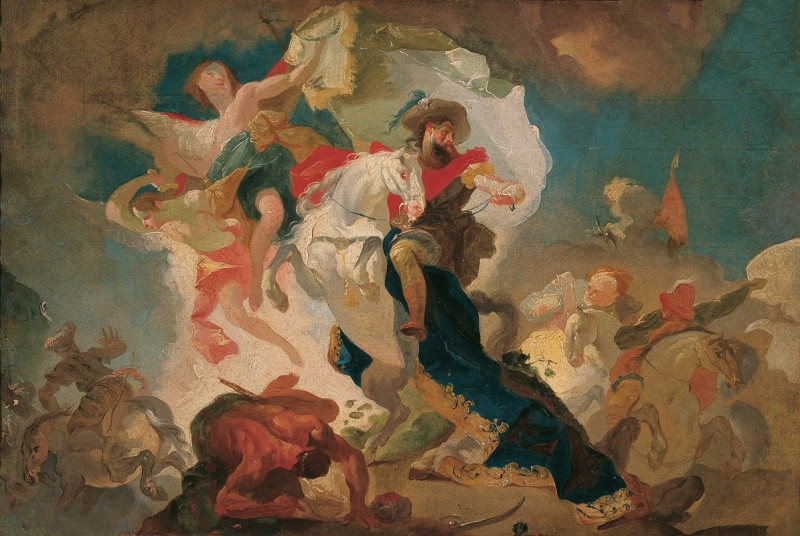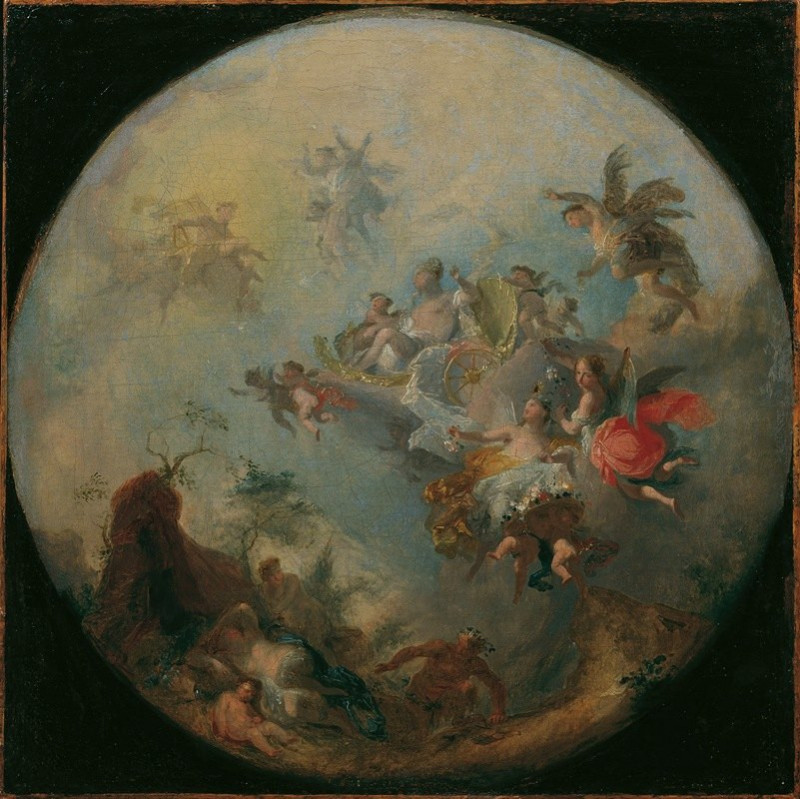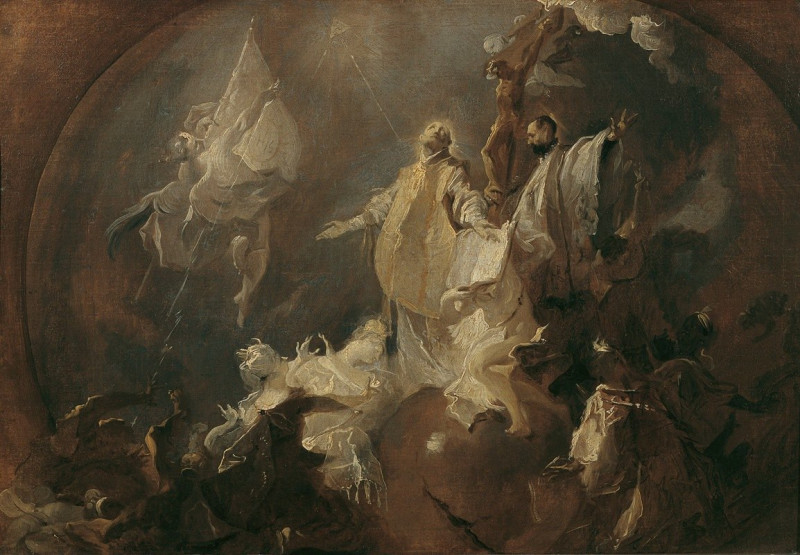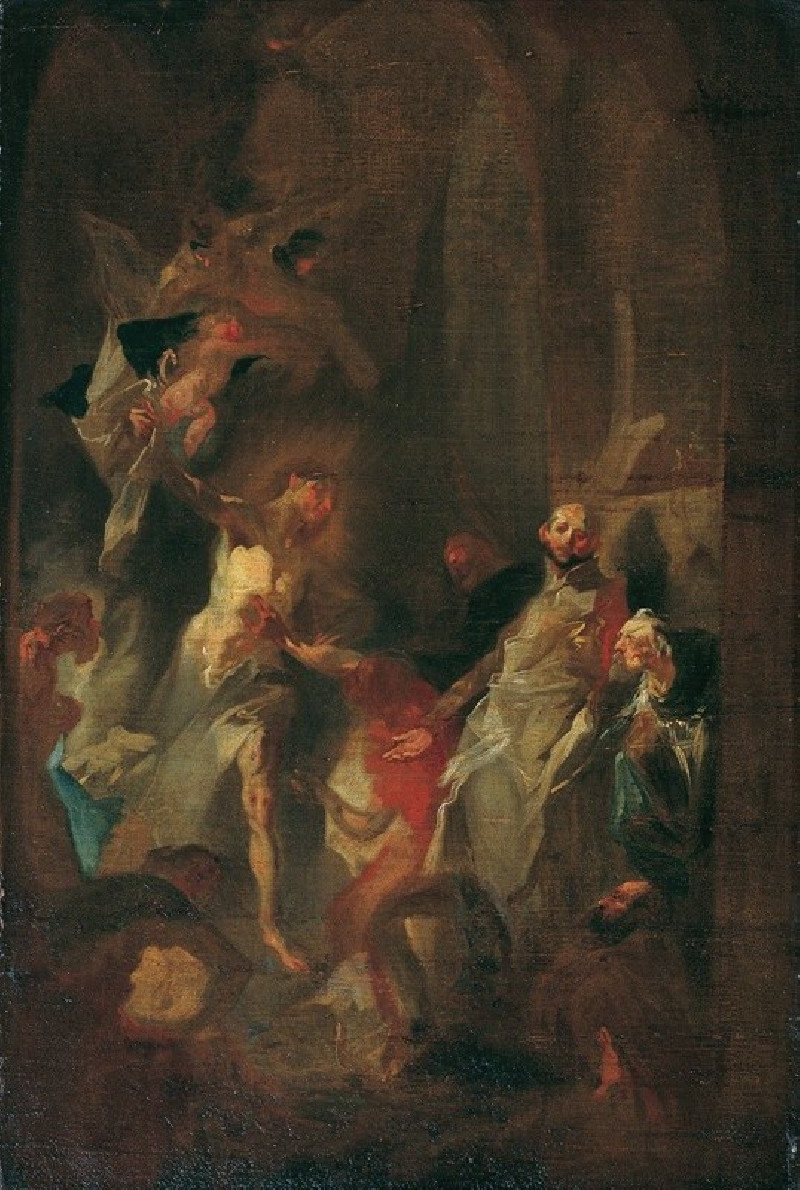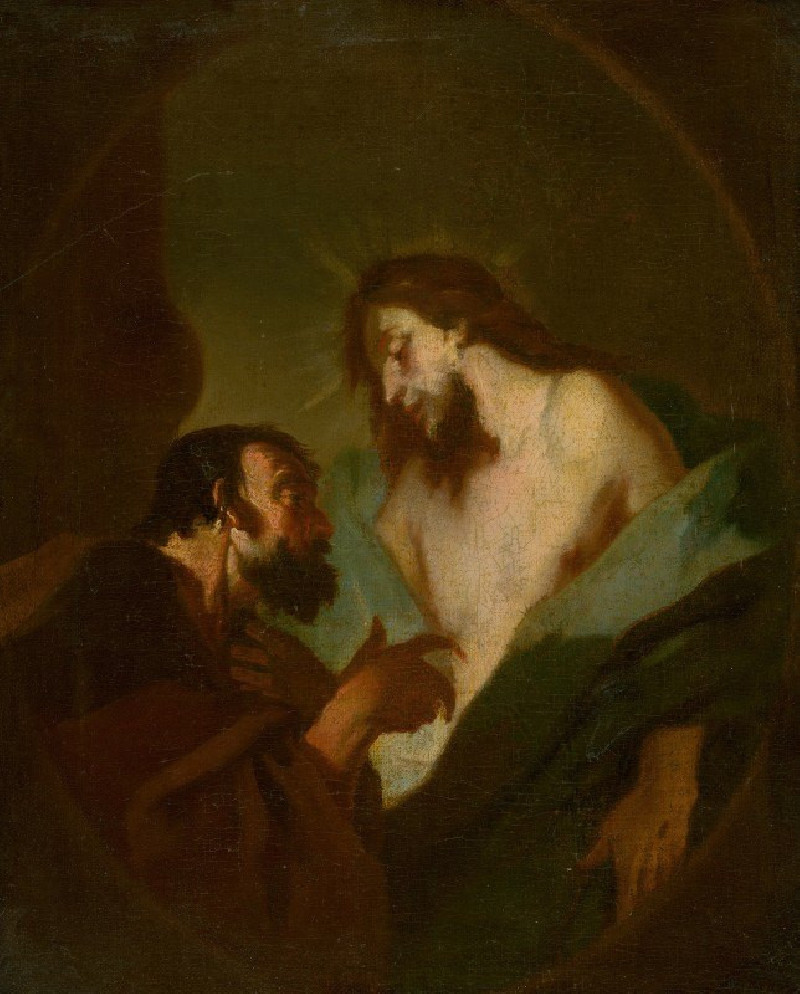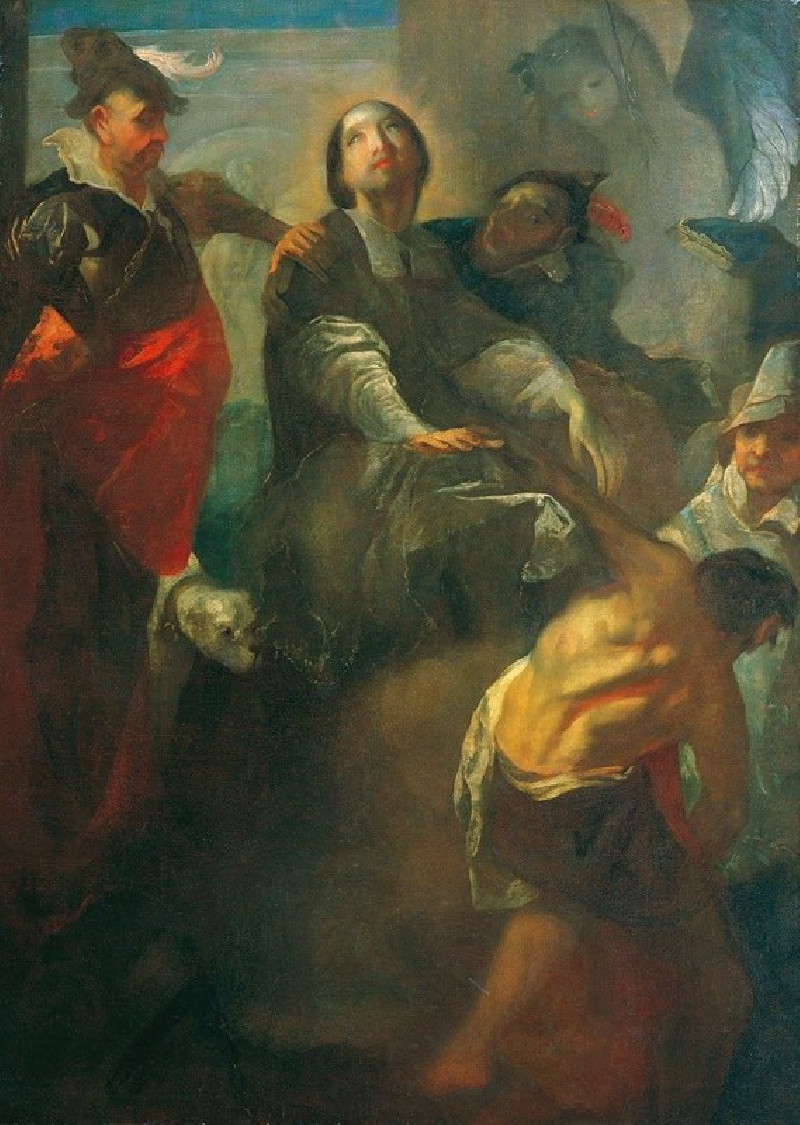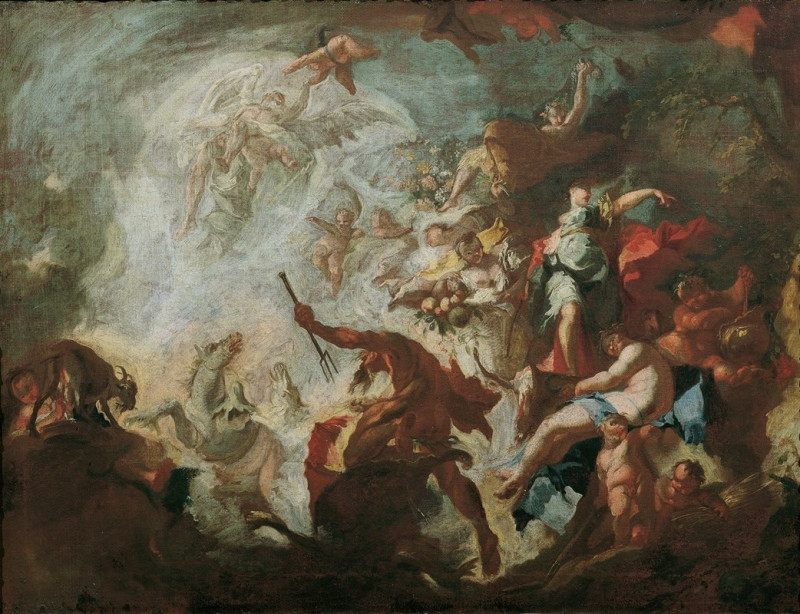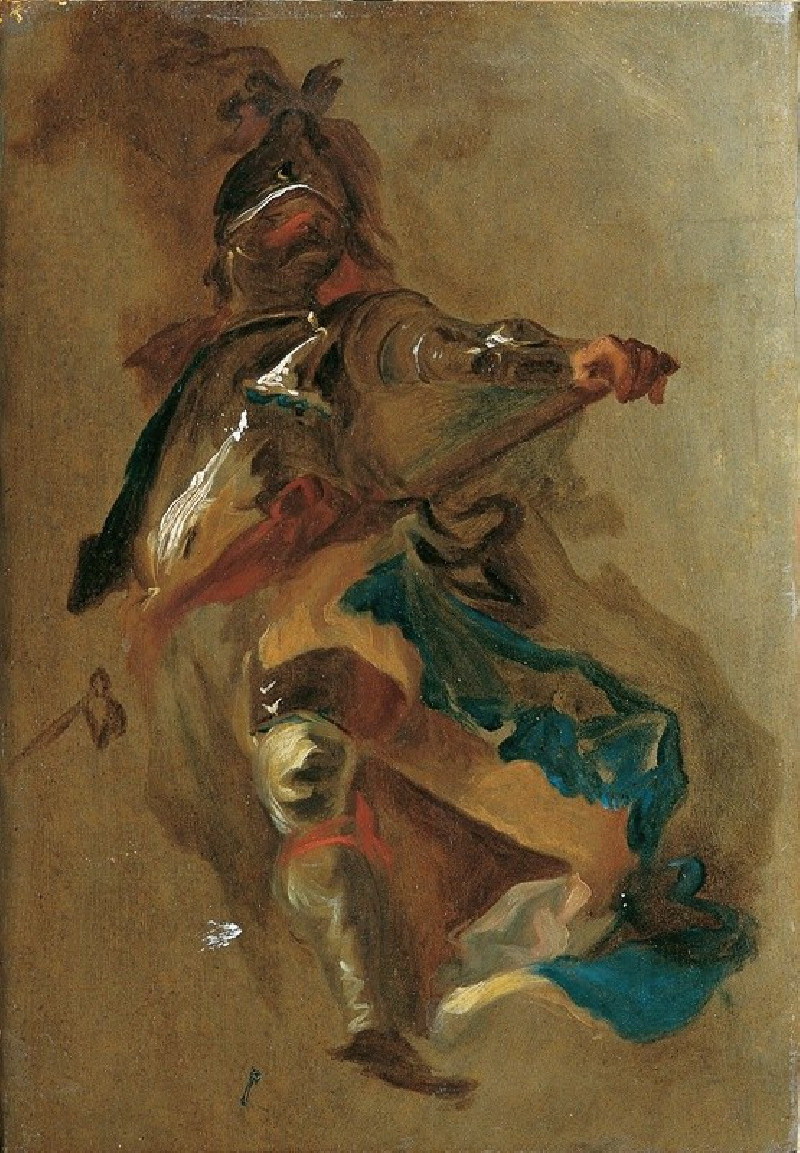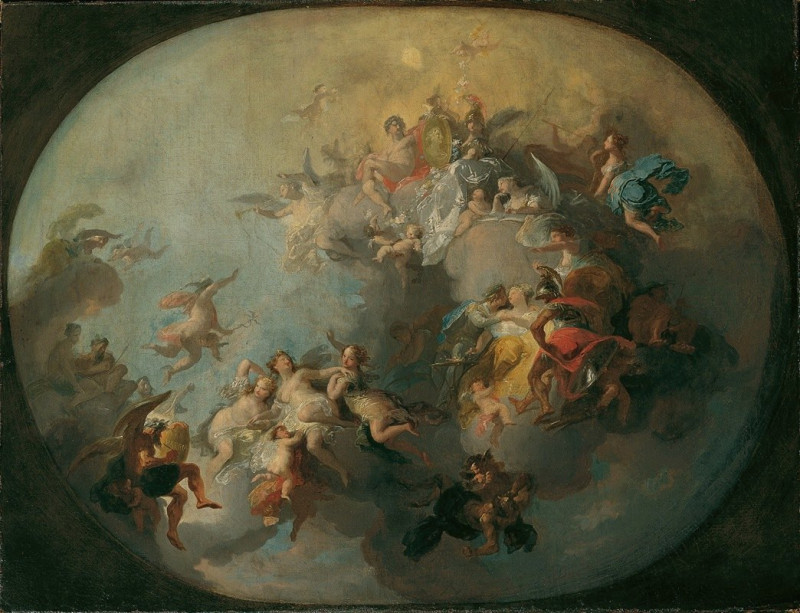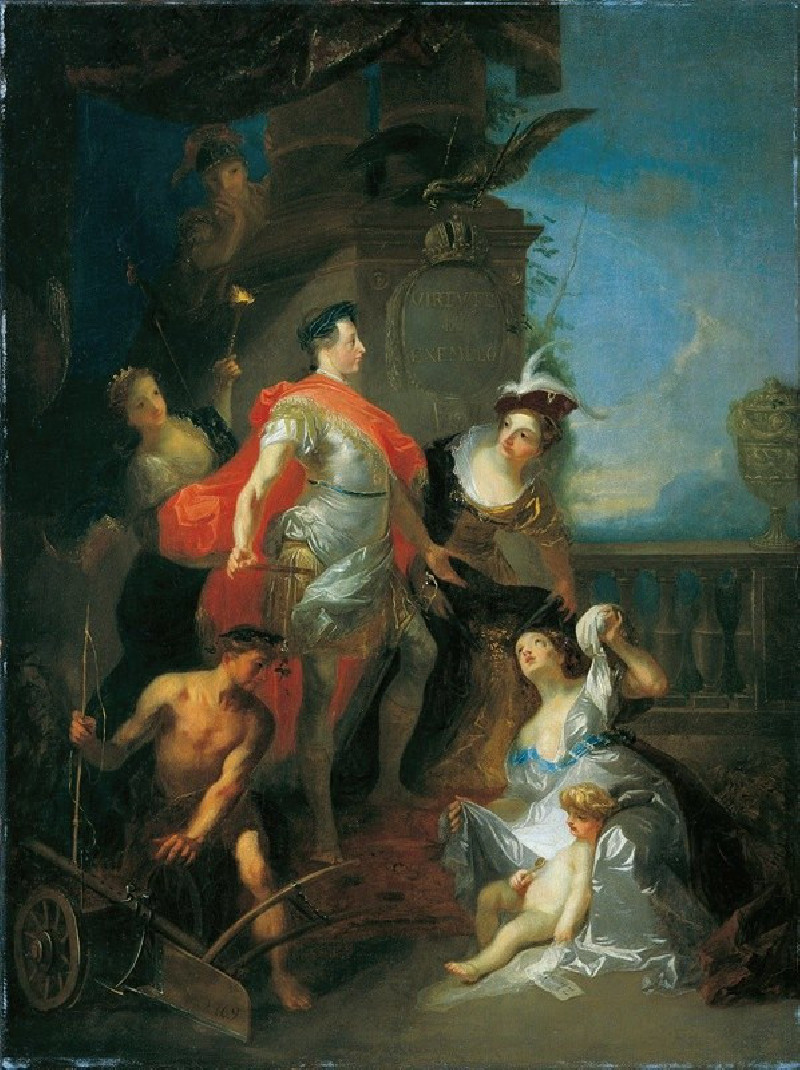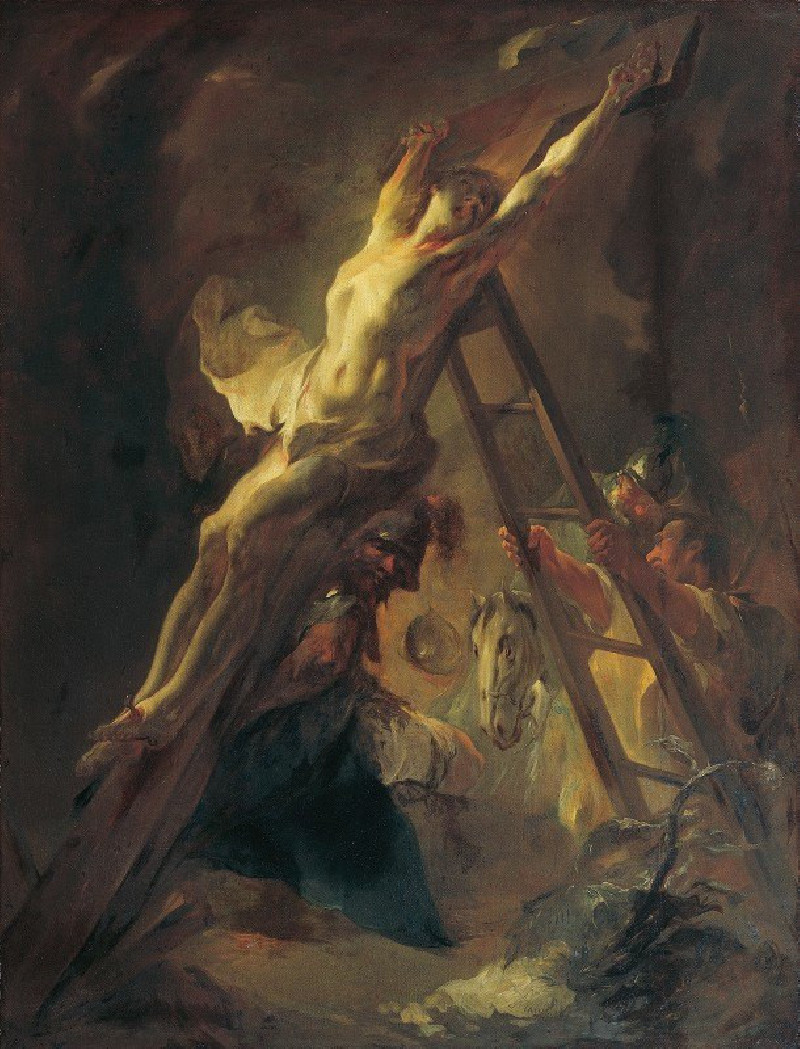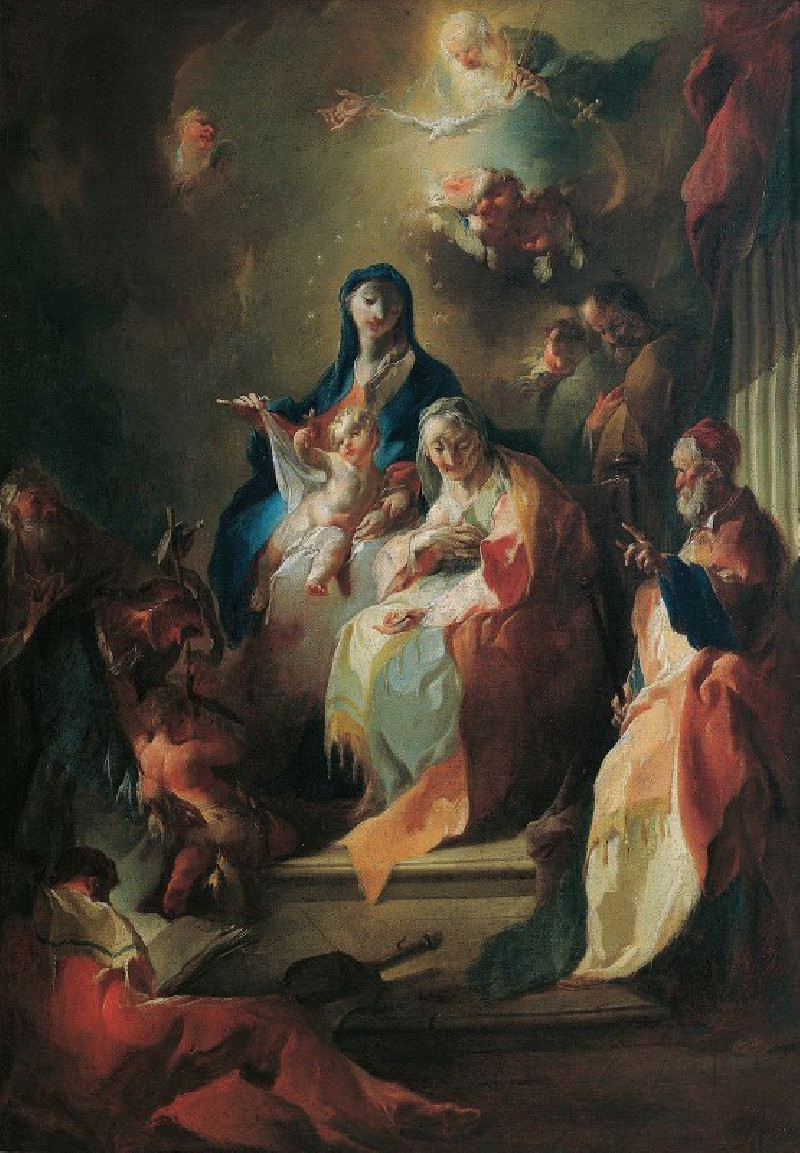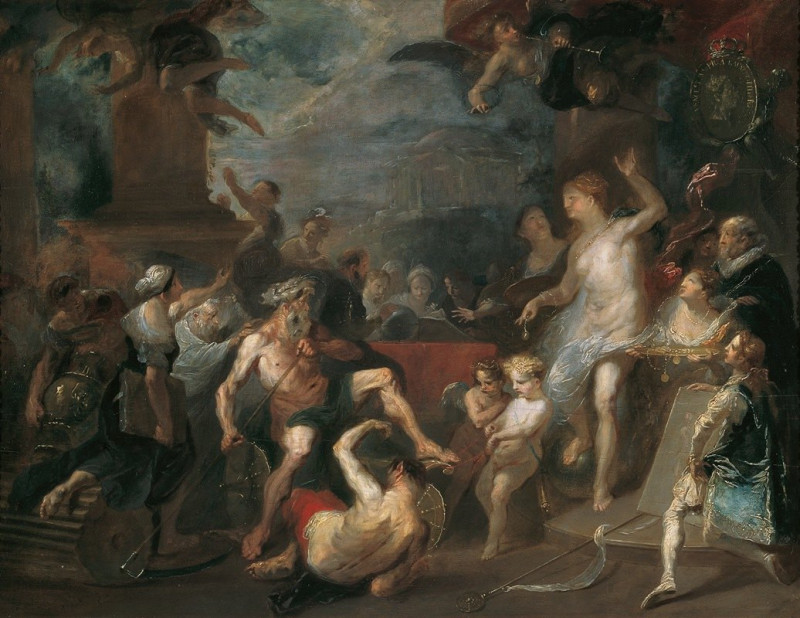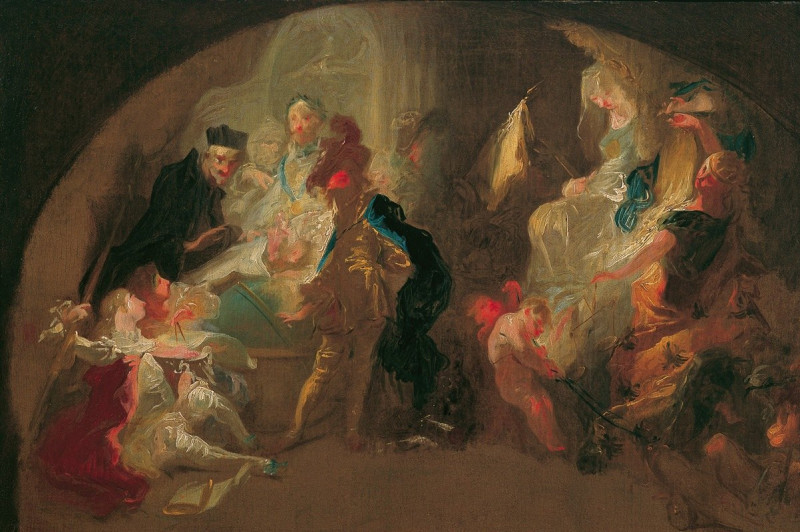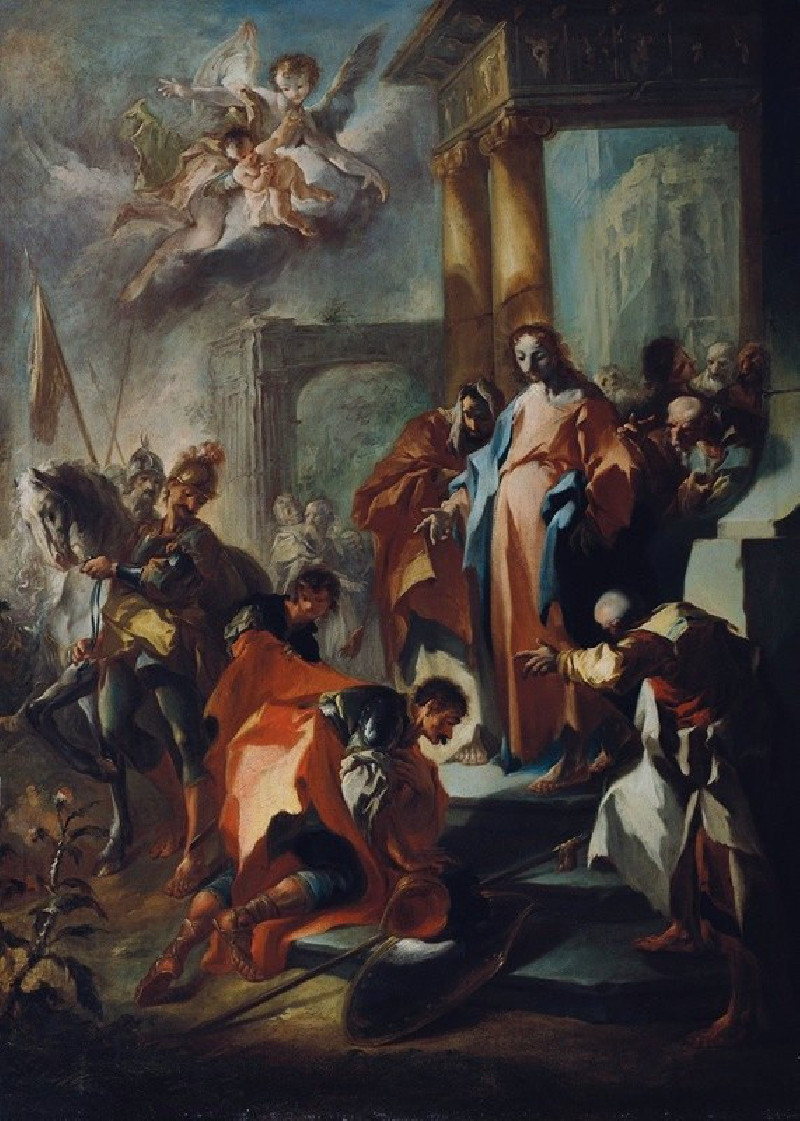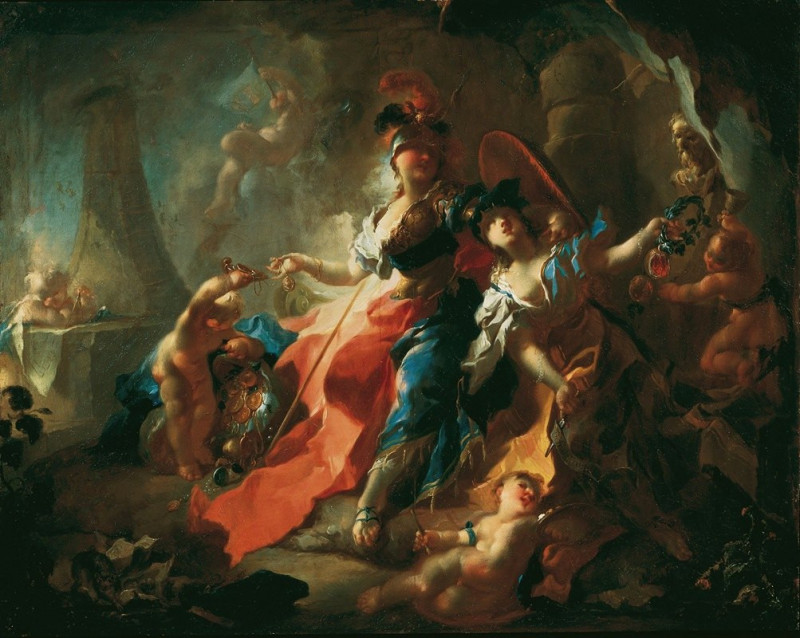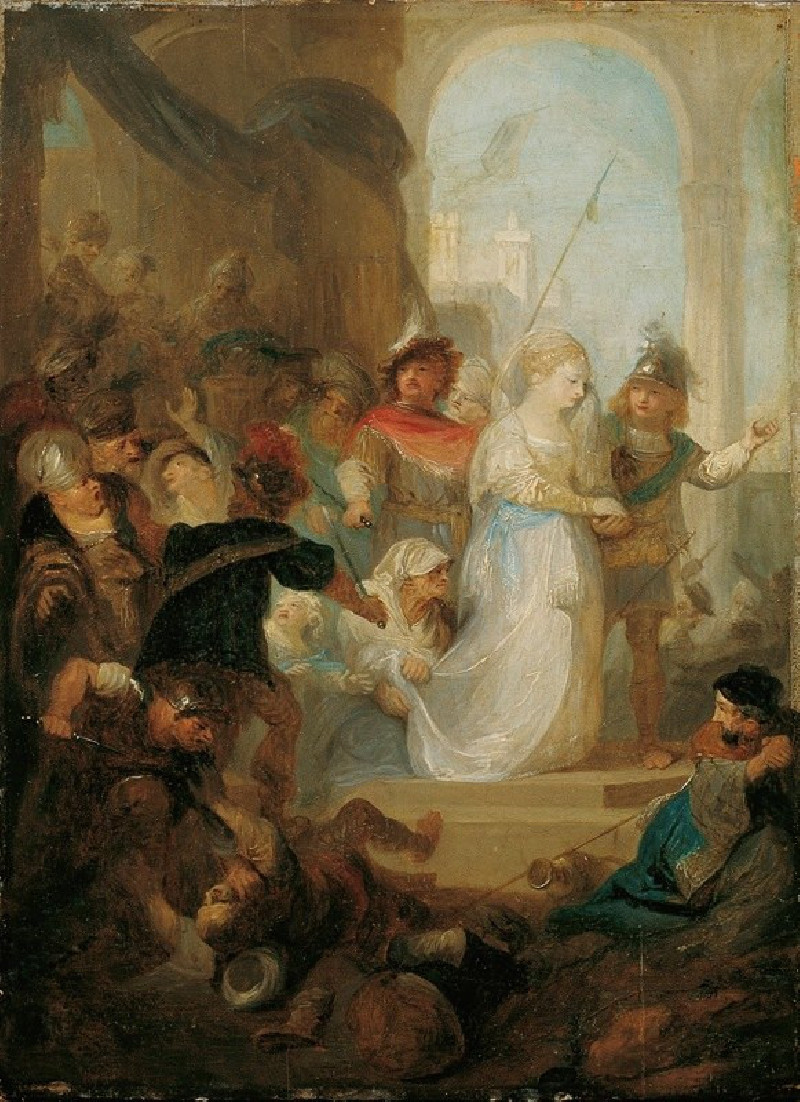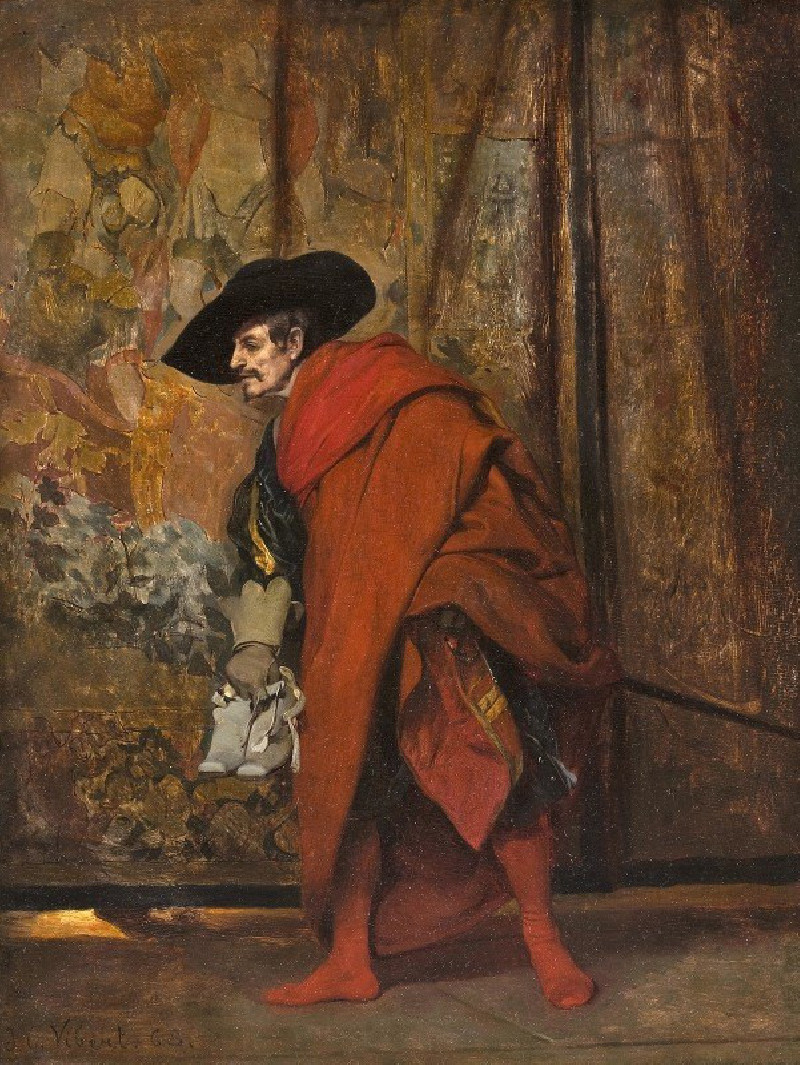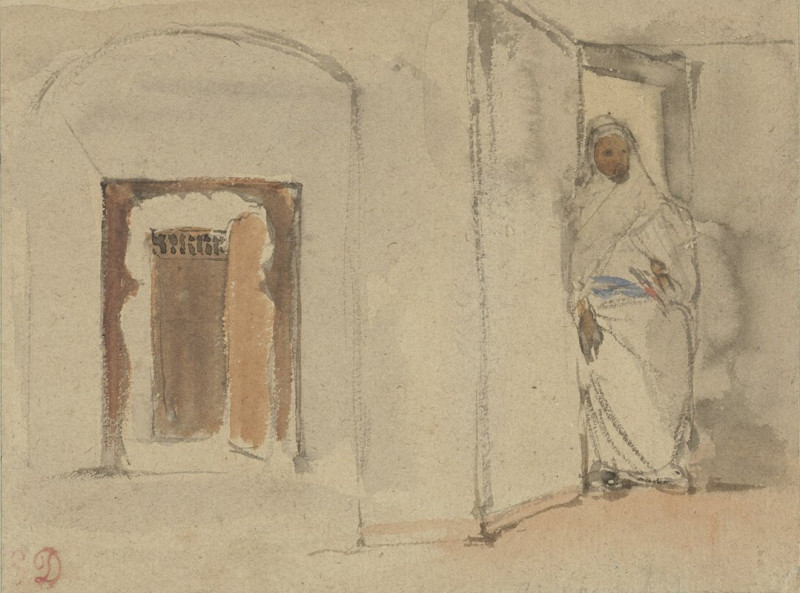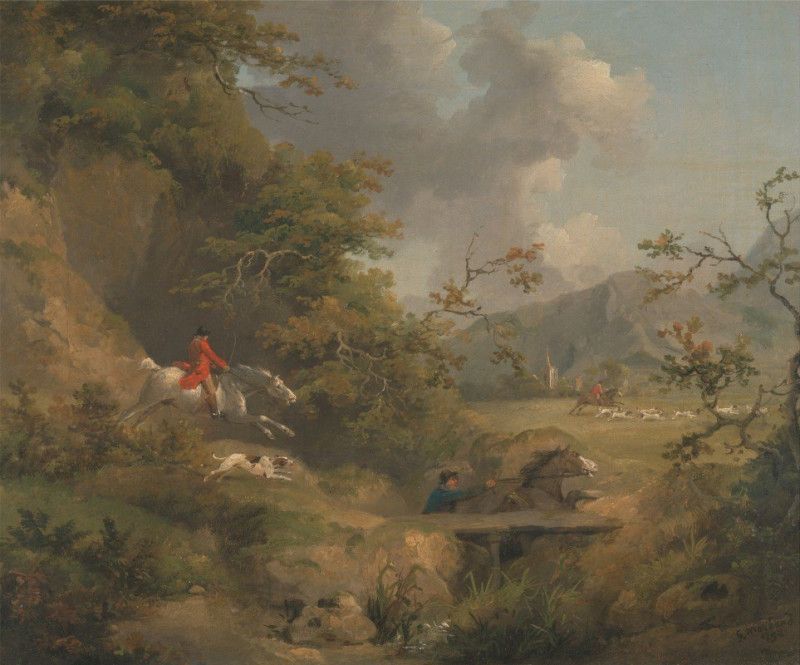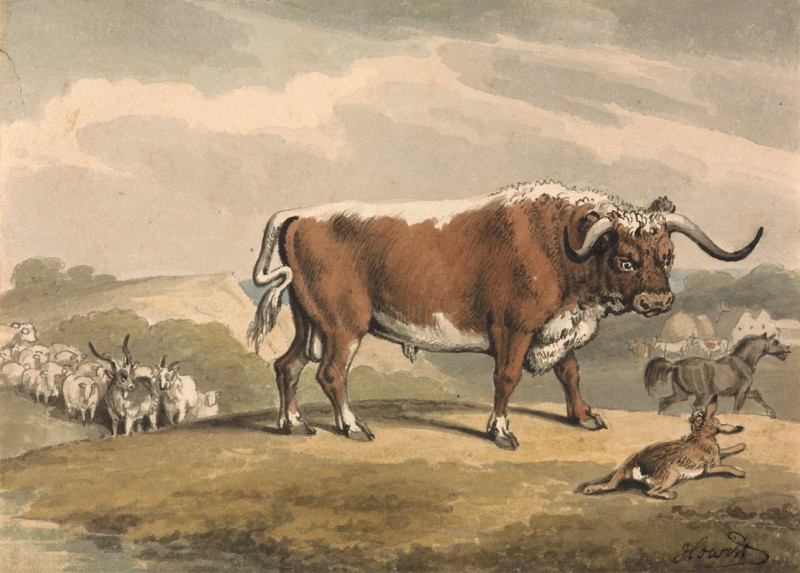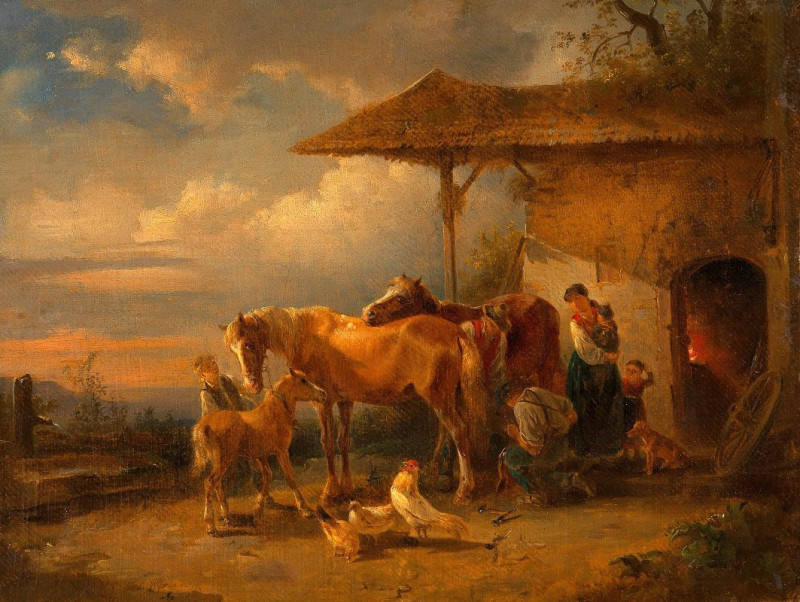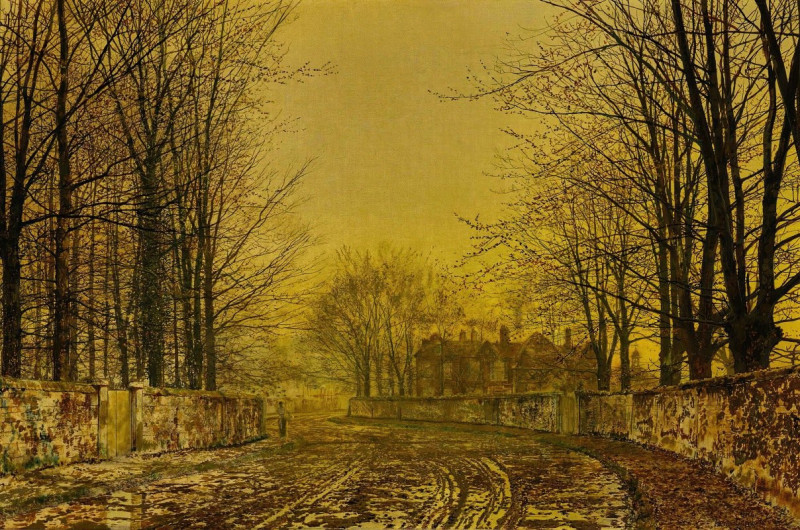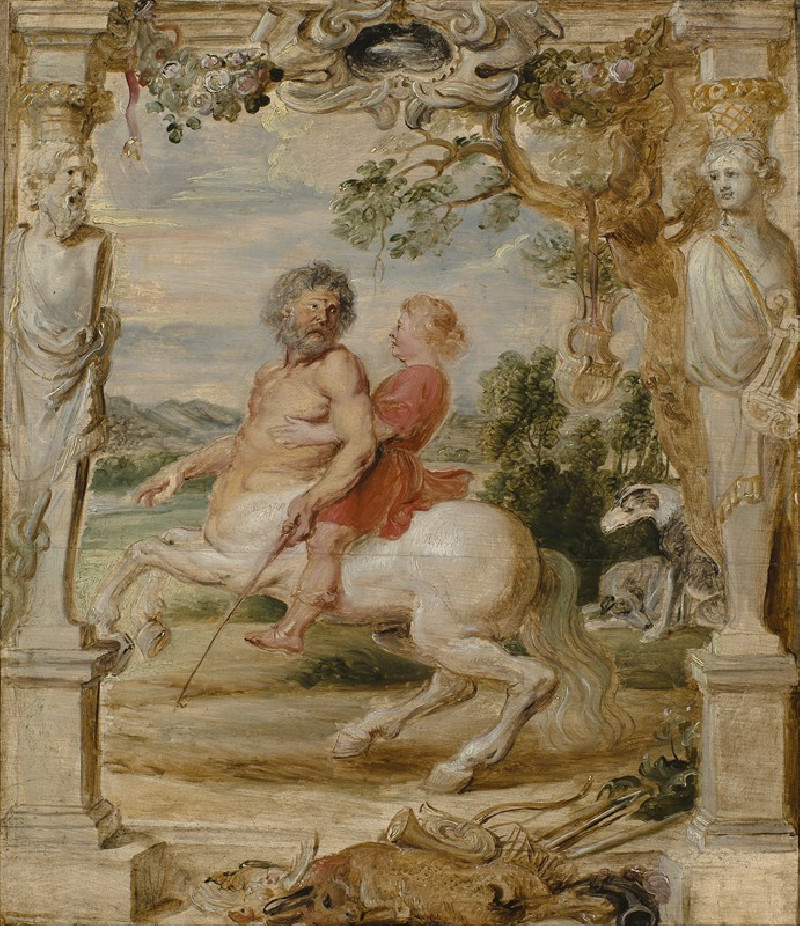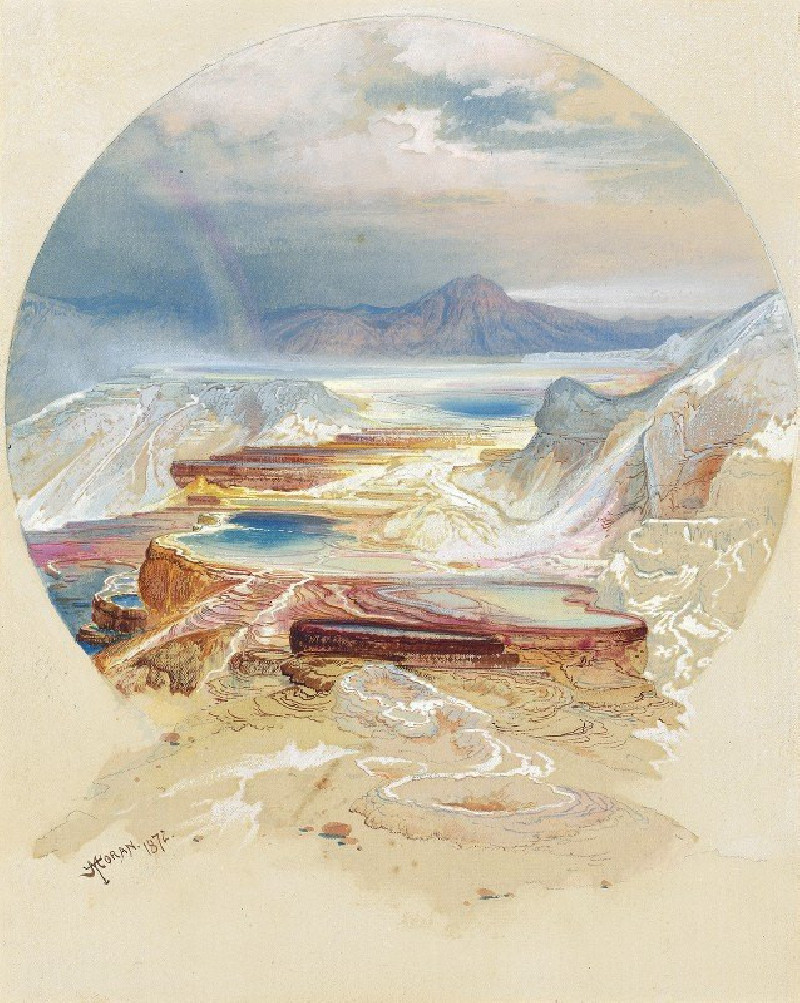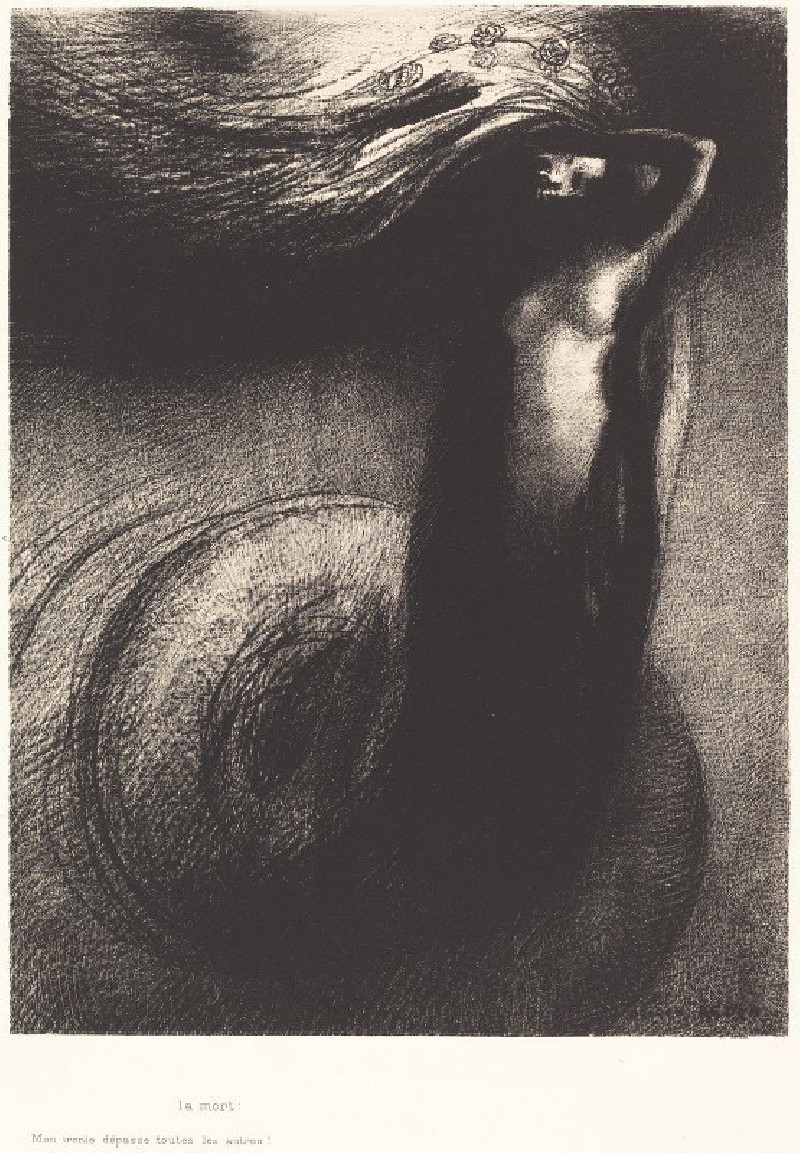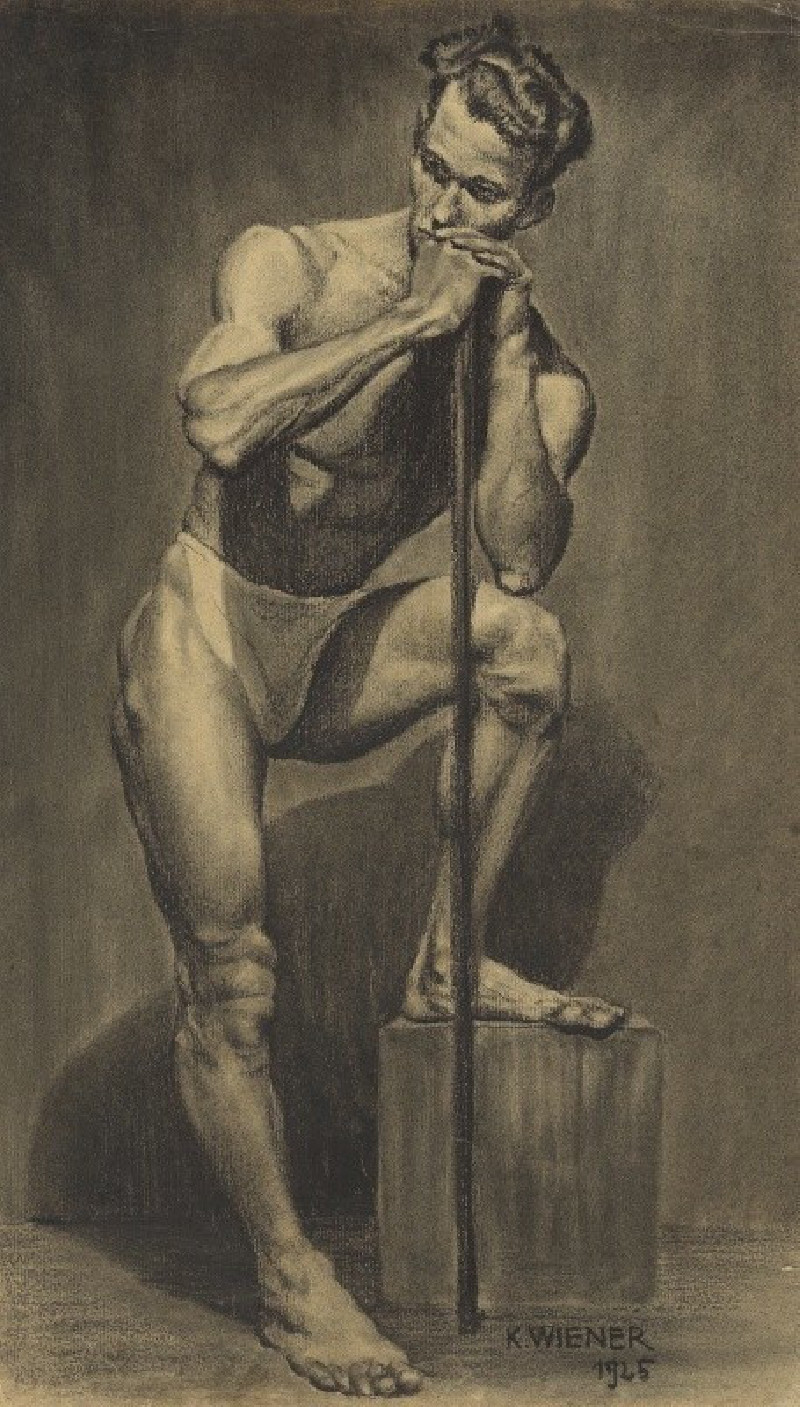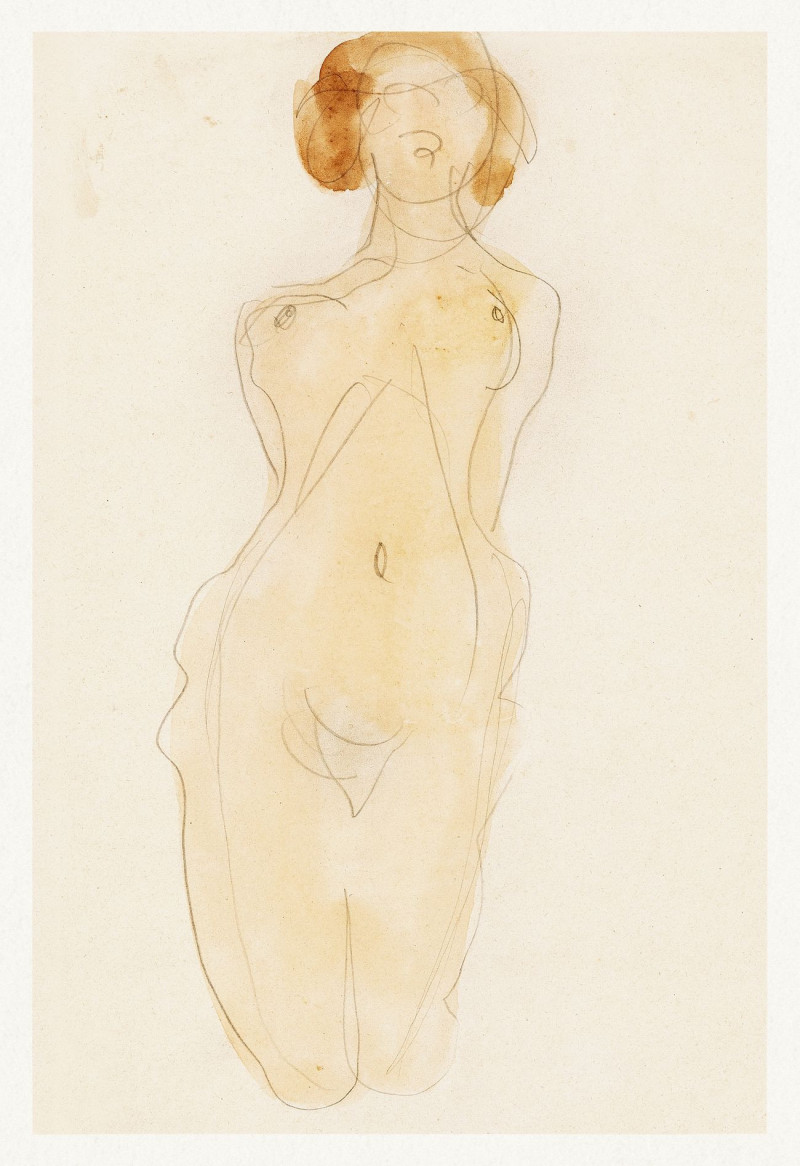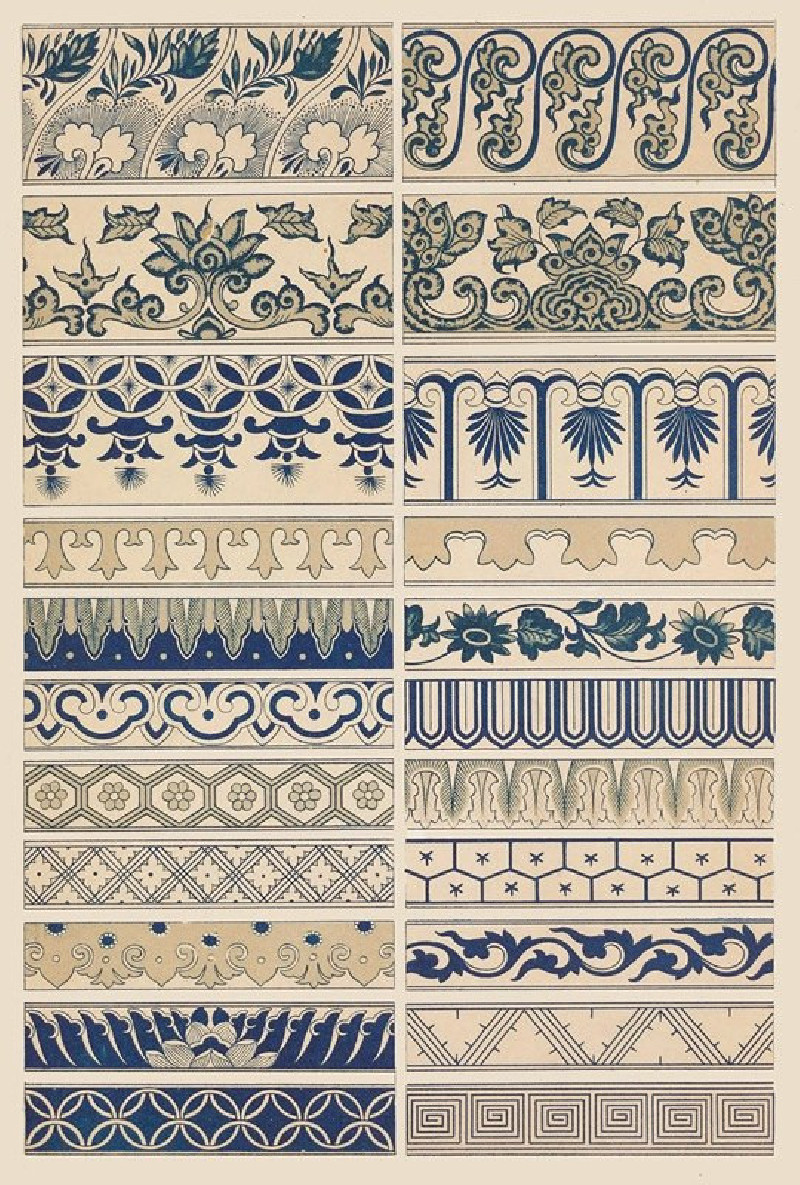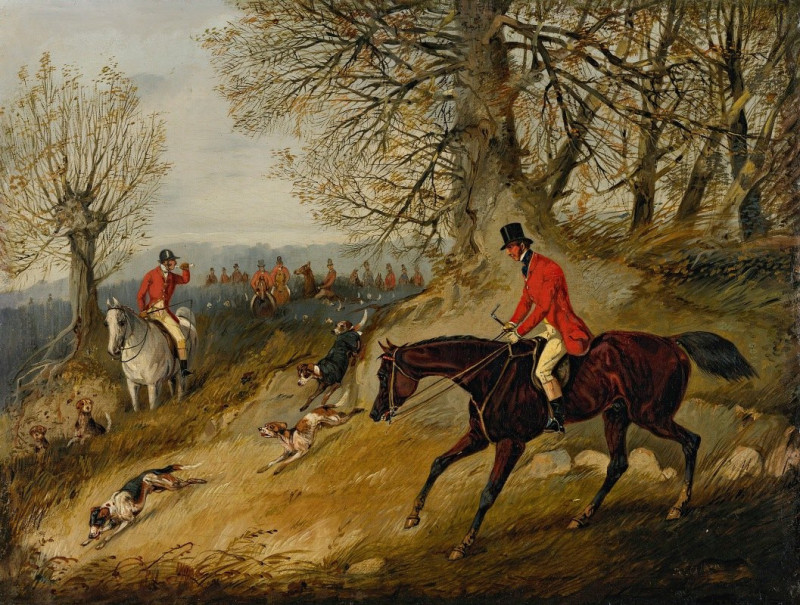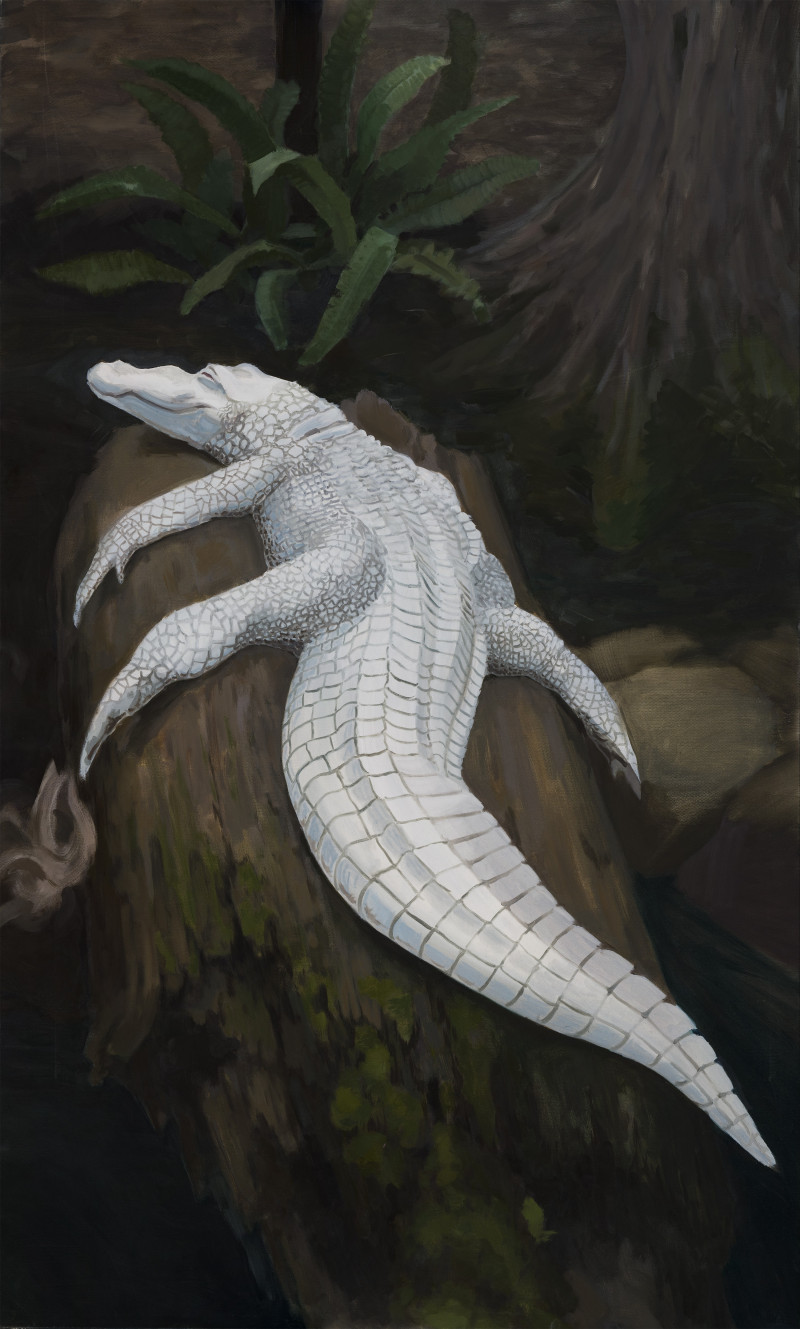Die Vermählung Mariens (1755)
Technique: Giclée quality print
Recommended by our customers
More about this artwork
Franz Anton Maulbertsch's "Die Vermählung Mariens" (The Marriage of Mary), painted in 1755, is a captivating depiction of a pivotal moment in Christian narrative – the marriage of the Virgin Mary to Saint Joseph. This masterwork is an exemplar of Maulbertsch's skillful use of color and dynamic compositions that define the Baroque period.The painting captures a scene filled with divine intervention and human emotion. Center stage, Saint Joseph and the young Virgin Mary are portrayed at the moment of their matrimonial union, a scene imbued with solemnity and grace. Joseph, identified by the flowering rod he holds, which according to Christian tradition, signified his selection as Mary's spouse, is shown extending his hand towards Mary in a symbolic gesture of union.Above them, an array of angels witness the sacred event, their presence connecting the earthly to the heavenly. The use of light in this artwork is particularly striking, employing a celestial beam that illuminates the couple and angelic figures, enhancing the ethereal feel of the scene. This dramatic play of light and shadow not only emphasizes the spiritual significance of the moment but also showcases Maulbertsch’s expertise in creating a focused narrative through visuals.The surrounding figures, each portrayed with distinct expressions, contribute to the emotional depth of the scene, reflecting various reactions to the holy covenant taking place. This blend of divine and human elements makes the painting a vivid tapestry of divine celebration and human participation."Die Vermählung Mariens" remains an inspiring artwork, capturing the essence of Baroque artistry with its emotional depth, dramatic use of light, and spiritual overtones.
Delivery
Returns
Franz Anton Maulbertsch (June 7 , 1724 - August 8 , 1796 ) was, alongside Martin Johann Schmidt , the most outstanding painter of the Austrian late Baroque . His expressive art initially broke with tradition, ultimately culminating in classicism and completing Austrian Baroque painting in an idiosyncratic and independent way.

